

Blog
|
A lot has happened since the start of the WinterGreen newsletter, which was first distributed 20 years ago via fax machine. From the inception of LEED, to the Climate Mobilization Act, WinterGreen has covered it all. In honor of its anniversary, we are looking back at the milestones that occurred along the way and making predictions for the future…
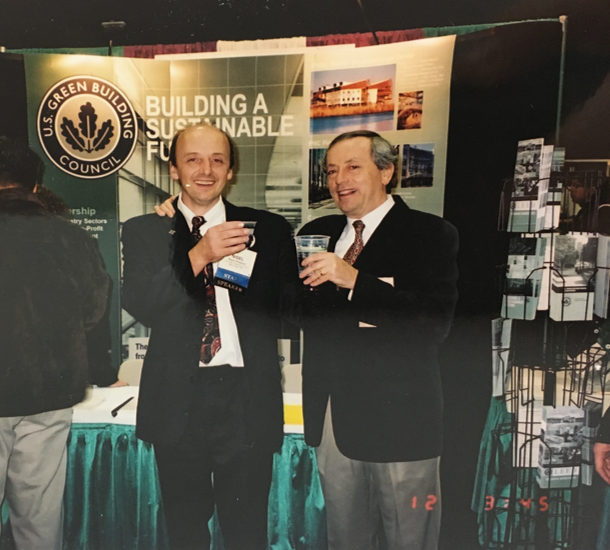
A lot has happened since the start of the WinterGreen newsletter, which was first distributed 20 years ago via fax machine. From the inception of LEED, to the Climate Mobilization Act, WinterGreen has covered it all.

In honor of its anniversary, we are looking back at the milestones that occurred along the way and making predictions for the future…
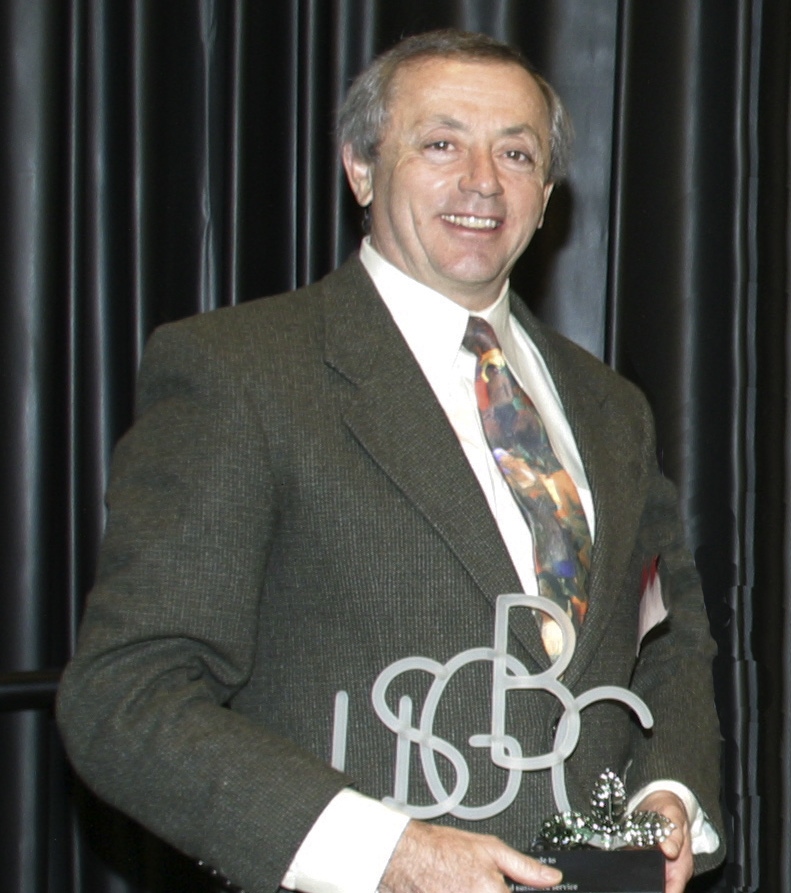
As Chairman of the U.S. Green Building Council from 1999 to 2003, Steven Winter helped guide the organization through a period of immense growth. This included the launch of Leadership in Energy and Environmental Design, also known as the LEED® Rating System, and Greenbuild, the nation’s largest green building conference and expo.
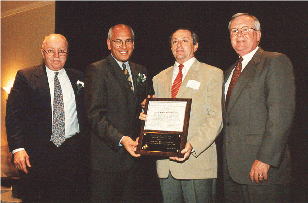
At a gala event celebrating the 25th anniversary of the New York State Energy Research and Development Authority (NYSERDA), Steven Winter Associates (SWA) was presented with the NYSERDA Pioneer Award for their extensive contributions to making buildings more energy efficient and sustainable.
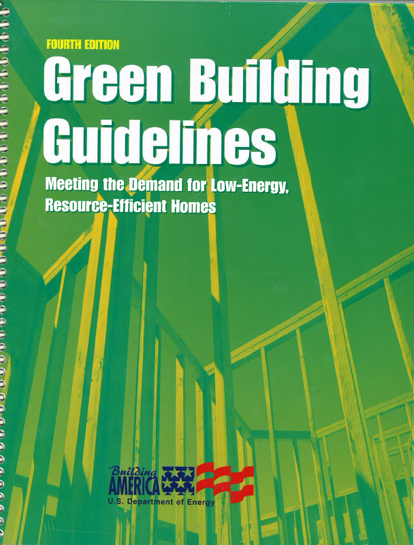
In conjunction with the U.S. Department of Energy (DOE), the National Renewable Energy Lab (NREL), and the Sustainable Buildings Industry Council (SBIC), SWA staff collaborated to create “Green Building Guidelines: Meeting the Demand for Low-Energy, Resource-Efficient Homes.” The book provided green building techniques and strategies for home builders and residential construction professionals.
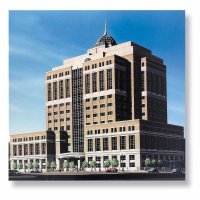
Working with NYSERDA, Picotte Companies and WCGS Architects, SWA provided certification support to the design team, earning the project LEED V2.0 Silver. SWA’s services included initial LEED tabulations and goal setting, detailed LEED V2.0 evaluation reporting, and completion of the final documentation package, which led to the certification of New York State’s first ever LEED building.
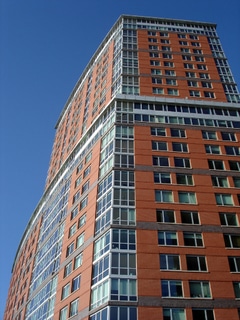
New York Governor George Pataki dedicated The Solaire as the country’s first “green” residential high-rise building, calling it “a benchmark for urban sustainable development and for green buildings worldwide.” SWA supported the design team on this project from conceptual design phase through construction administration. The Solaire, located in New York’s Battery Park City, was the first residential building to be completed in downtown Manhattan after the terrorist attacks of September 2001, and was the first beneficiary of Governor Pataki’s green building tax credit.
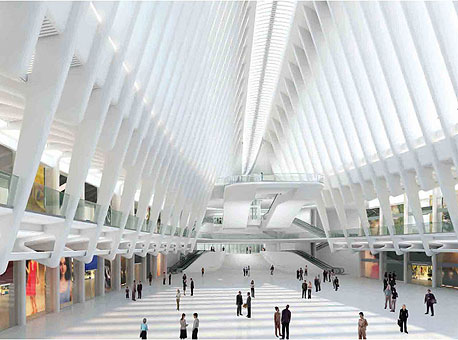
Led by the joint venture of DMJM+Harris and STV, as well as the internationally renowned architect, Santiago Calatrava, SWA was invited to join the project team to provide energy efficiency and sustainable design consulting services for the new World Trade Center station, also known as the the Oculus. The rebuilt PATH terminal is incorporated into the design.
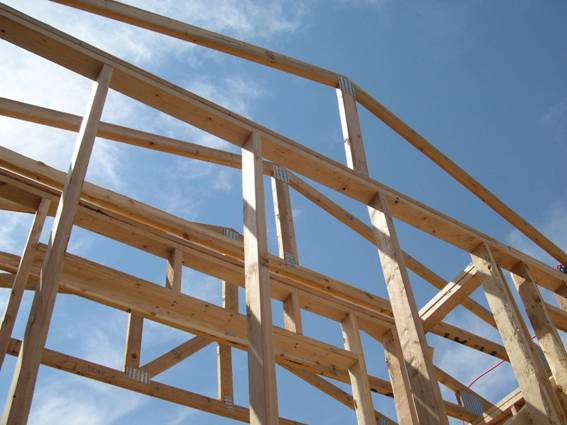
Excited to announce the first ever LEED program for residential construction, the USGBC immediately began seeking applicants to test the effectiveness of the all new LEED for Homes through a Pilot Program. LEED for Homes, which is considered a green building milestone, was made possible by a passionate committee of industry professionals co-chaired by Steven Winter.
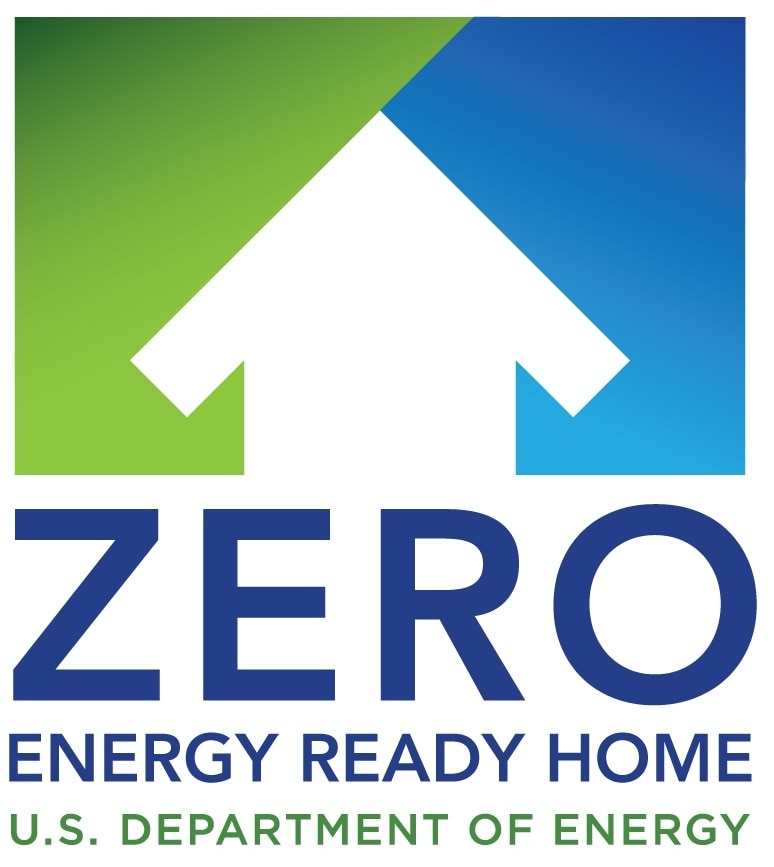
In 2004, The DOE’s Building America Zero Energy Homes (ZEH) program invited SWA to collaborate on a project with the Western Massachusetts Electric Company. The research study aimed at highlighting the benefits of ZEH to the utility company, the homeowner, and the environment. After two years of analysis, with a focus on solar hot water and solar PV, the benefits became clear – the future of residential solar is looking bright.
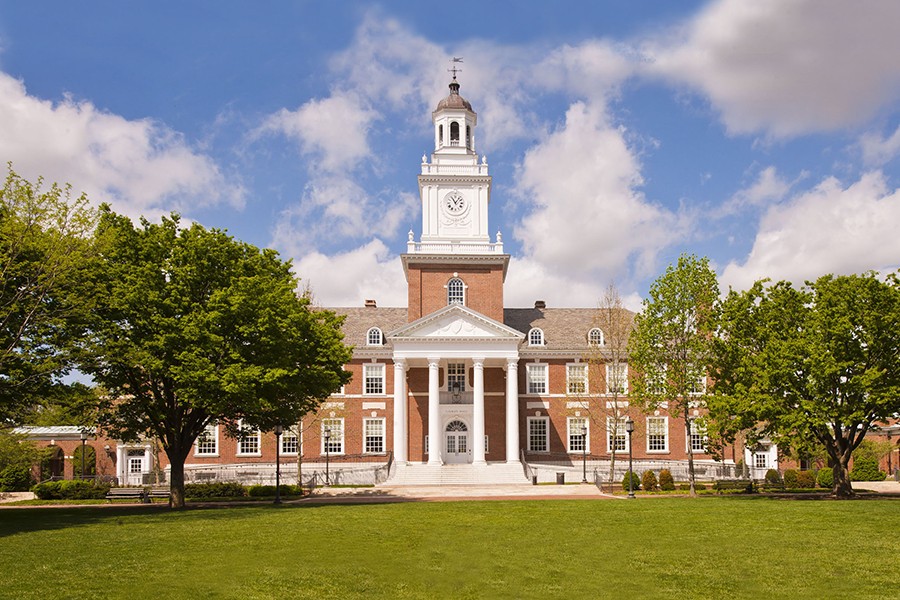
2007 was an exciting year for green building in academia. The USGBC approved the first ever LEED for Schools designation, allowing K-12 schools to pursue a clear path to LEED certification. SWA consulted on various K-12 projects, in addition to higher-ed projects, which included the rehabilitation of Gilman Hall at John Hopkins University.

To help companies meet their corporate sustainability goals and reduce their carbon footprint, SWA created a comprehensive set of data tools and key processes that focus on five strategic areas – planning, auditing, analysis, recommendations and implementation. An early adopter of this service was AIG Insurance Company, that worked with SWA to create an internal sustainability campaign reaching over 115,000 employees.
*use arrows to scroll through publications
[av_content_slider heading=” columns=’1′ animation=’slide’ navigation=’arrows’ autoplay=’true’ interval=’6′ font_color=’custom’ color=’#2f4c56′]
[av_content_slide title=” linktarget=”]
A Basic Guide To Fair Housing Accessibility
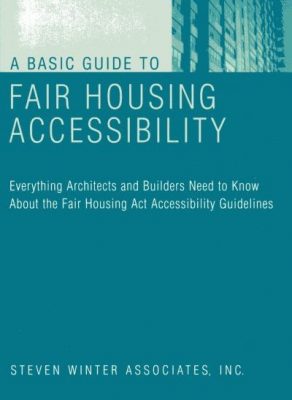
Inspired by SWA Senior VP Peter Stratton’s HUD-sponsored review of nearly 400 built projects, this compact yet comprehensive guide reviews the guidelines for conformance with the seven basic design and construction requirements of the Fair Housing Amendments Act.
[/av_content_slide]
[av_content_slide title=” linktarget=”]
High-Performance School Buildings Guide
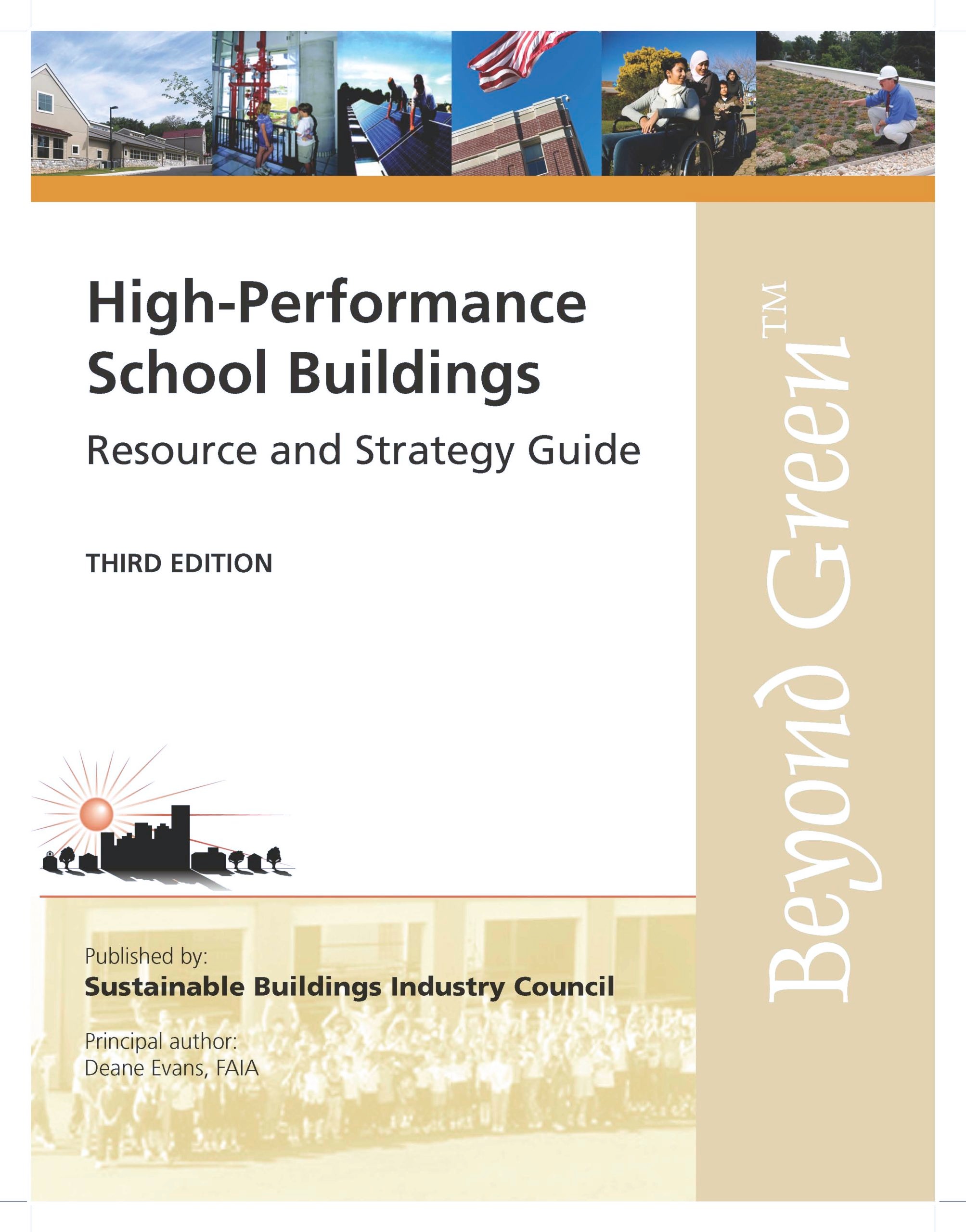
SWA staff active with the Sustainable Buildings Industry Council (SBIC) designed a guidebook that describes the characteristics and benefits of high-performance school buildings. The book also details a process that ensures school planners get the best design possible within their budgets.
[/av_content_slide]
[av_content_slide title=” linktarget=”]
The Home Rehab Handbook serves as a guide for architects, designers, builders, contractors, and homeowners on the innovations and state-of-the-art practices in accessible home rehabilitation.
[/av_content_slide]
[av_content_slide title=” linktarget=”]
Accessible Housing By Design is a practical implementation guide to integrating universal design features into all types of residences, authored by SWA’s research team.
[/av_content_slide]
[av_content_slide title=” linktarget=”]
ACRP Guide: Airport Terminal Planning and Innovative Facilities
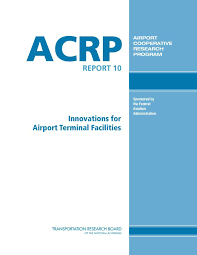
Drawing from their experience working on the Terminal “A” redevelopment of Boston Logan’s International Airport (the first LEED-certified airport terminal in the world), SWA staff was asked to write the report’s content on sustainable design and construction.
[/av_content_slide]
[/av_content_slider]
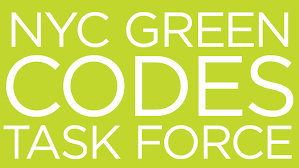
As part of Mayor Bloomberg’s PlaNYC initiative, the Green Codes Task Force was created to propose green changes to the laws and regulations that govern construction in New York City. This initiative, which successfully introduced various green building principles into the NYC building code, featured three staff members from SWA, including current CEO, Marc Zuluaga.
*use arrows to scroll through publications
[av_content_slider heading=” columns=’1′ animation=’slide’ navigation=’arrows’ autoplay=’true’ interval=’6′ font_color=’custom’ color=’#2f4c56′]
[av_content_slide title=” linktarget=”]
There Are Holes in Our Walls
The Urban Green Council selected SWA to produce a research paper on the impact of room air conditioners on building envelope performance. The report, which was cited in the New York Times article, “High Costs Linked to Gaps Around Air-Conditioners”, determined that an average room AC accounts for as much air leakage as would a six square inch hole in the wall, and that room AC leaks add $130- $180 million to New York City heating costs every year.
[/av_content_slide]
[av_content_slide title=” linktarget=”]
Deutsche Bank/Living Cities: Building Energy Efficiency Data Report
This published study shows the clear financial benefits of retrofitting existing multifamily buildings. SWA building scientists and database experts conducted the research, while partners HR&A parlayed the information into financial and real estate terms.
[/av_content_slide]
[av_content_slide title=” linktarget=”]
Sealing and Insulating of Ducts in Existing Homes
This research, funded by the DOE’s Building Technologies Program, resulted in a Measure and Strategy Guide which was prepared by SWA for the Consortium of Advanced Residential Buildings (CARB).
[/av_content_slide]
[av_content_slide title=” linktarget=”]
Practical Residential Wall Systems, R-30 and Beyond
The Practical Residential Wall Systems research report was prepared by SWA energy and enclosure experts, Robb Aldrich, Lois Arena, and William Zoeller for the Consortium of Advanced Residential Buildings (CARB).
[/av_content_slide]
[av_content_slide title=” linktarget=”]
Basement Insulation Basics
This measure guideline was developed by SWA in conjunction with the Consortium of Advanced Residential Buildings (CARB) for the DOE’s Building Technologies Program.
[/av_content_slide]
[/av_content_slider]
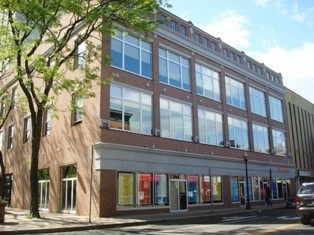
Taking ownership has always been one of SWA’s guiding principles. An example of this can be seen at our CT office, when SWA staff took it upon themselves to conduct the necessary improvements to achieve LEED for Commercial Interiors Silver certification.
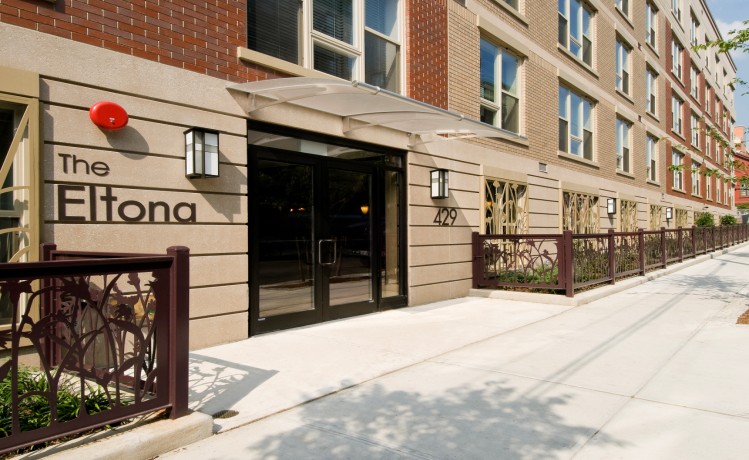
Mount Sinai Hospital collaborated with Blue Sea Development to determine how living in a LEED certified building can impact tenant health. The site selected for the study featured a 63-unit multifamily affordable building in the South Bronx, certified to LEED Platinum by SWA. The study showed significant reduction of asthma symptoms, a decrease in doctor visits and an increase in resident awareness of respiratory health.
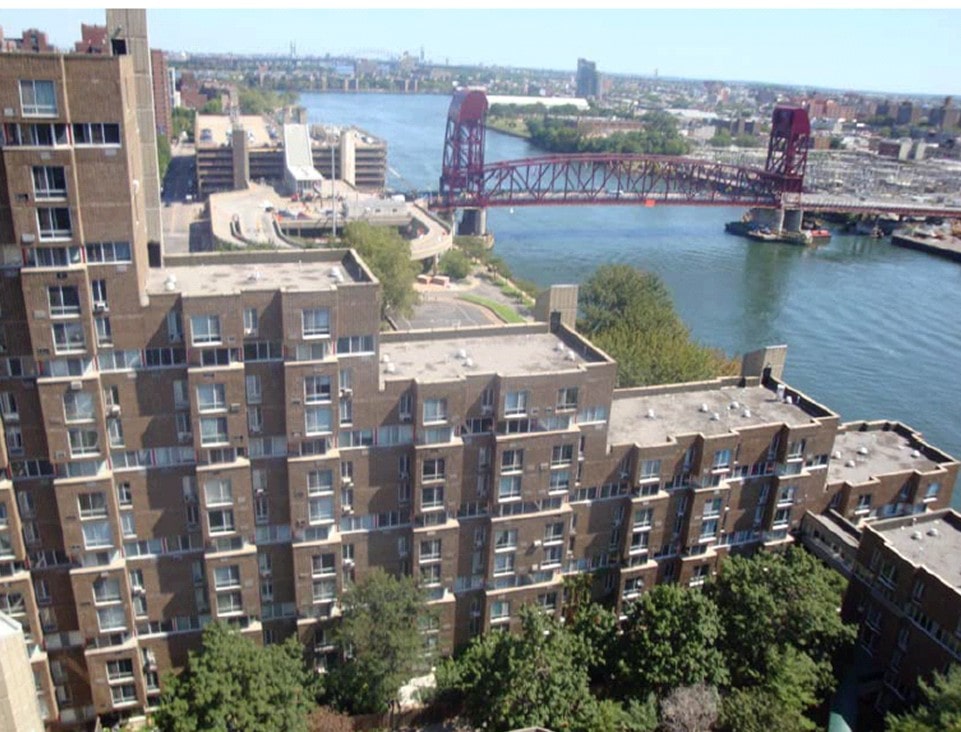
SWA was tasked with retrofitting Roosevelt Landings, a one-million square foot, nine-building affordable housing development on Roosevelt Island in New York City. Upon completion, the development observed an immediate reduction in energy use, saving 2.5M kWh of electricity in the first year.
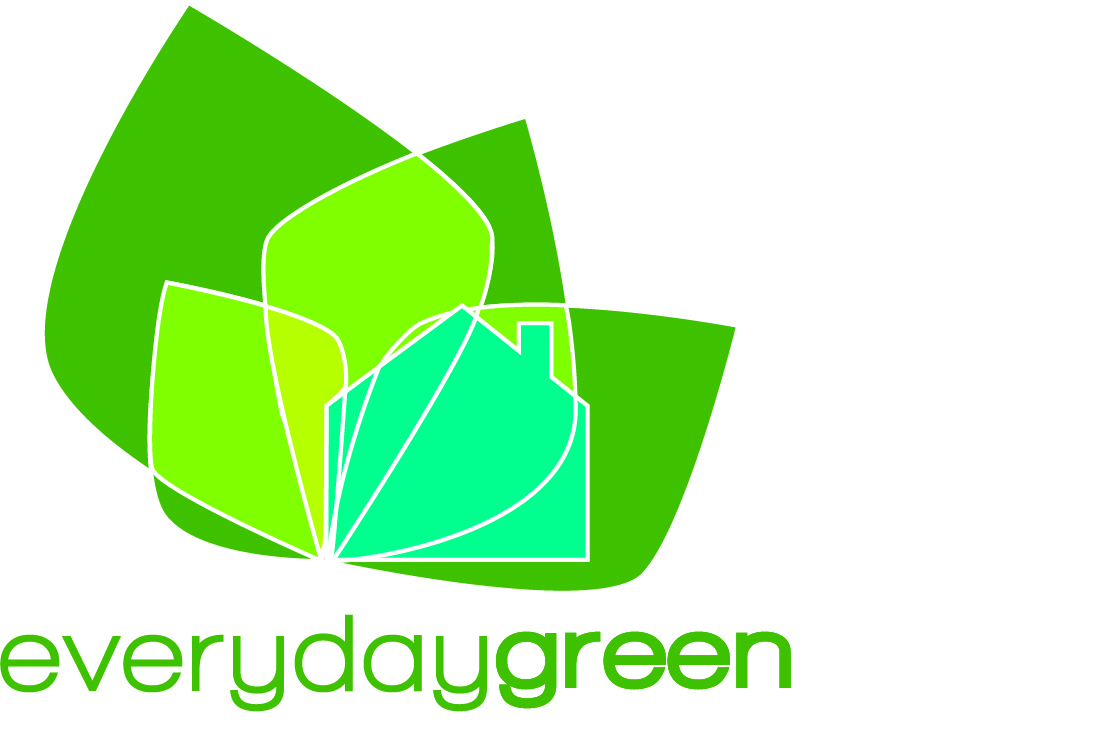
To support the growing marketplace in the Mid-Atlantic region, SWA combined forces with DC-based building science consulting and verification firm, Everyday Green. This strategic initiative helped SWA to better serve the needs of existing clients, thanks to the addition of Everyday Green’s technical staff and green building experience.
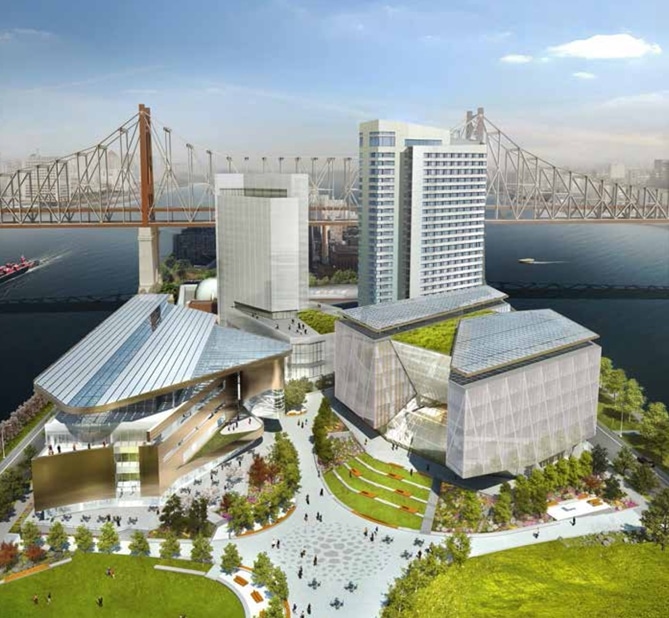
In the Northeast and Mid-Atlantic regions, SWA encountered a tremendous increase in requests for Passive House proposals. Included in the mix, was a proposal for The House at Cornell Tech, which currently stands as the tallest Passive House in the world and one of the industry’s most renowned projects.

As technology continues to influence building performance, SWA and Sentient Buildings teamed up to provide clients with state-of-the-art energy monitoring, using advanced Building Automation Systems and IoT technologies.
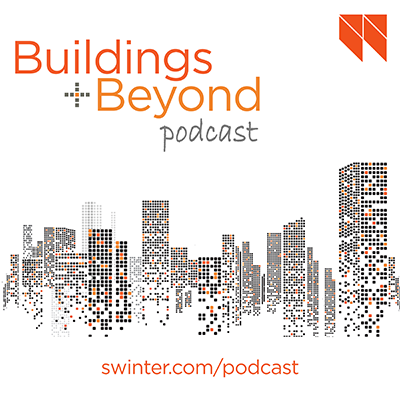
To keep our followers informed of industry best practices and trends, SWA announced the release of Buildings + Beyond. The podcast features interviews with a diverse group of industry experts, exploring how we can create a more sustainable built environment by focusing on efficiency, accessibility, and health!
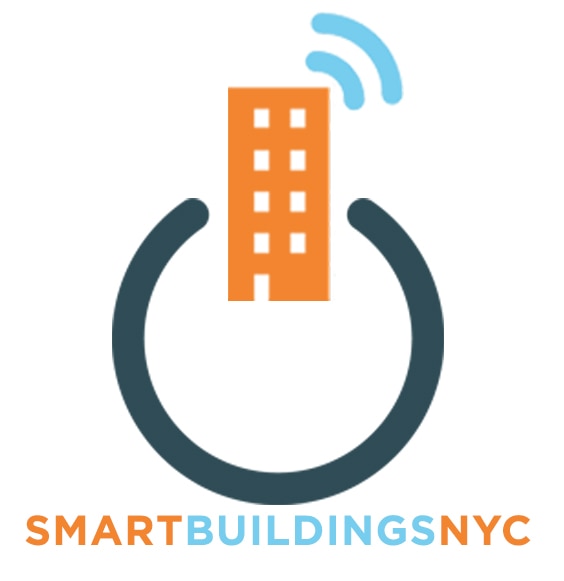
The Climate Mobilization Act, also known as the “Green New Deal”, could be argued as one of the most stringent and disruptive climate policies ever enacted in a major city. The legislation calls for buildings 25,000 square feet or greater to reduce their emissions 40% by 2030 and 80% by 2050 in order to avoid major penalties.
[av_dropcap1]Looking Ahead…[/av_dropcap1]
While it’s important to pay tribute to the past, we also want to take a look forward at the next 20 years, and at the future of sustainability and accessibility in the built environment. To do this, we asked our staff two questions:
1. Where do you think the company and the industry will be in 2039?
2. What do you think the future of sustainability and accessibility will look like for the built environment?
We received some interesting responses…
Peter Stratton, Managing Director, Accessibility Services: “In 2029, the number of people age 65+ is expected to increase from just over 40M today to nearly 70M by then. I see SWA as the go-to senior living consultants.”
Chris Hamm, Building Systems Engineer: “As monitoring evolves, people will be tracking the carbon impact of their decisions like we used to track calories”
James Fera, Sustainability Consultant: “We’ll be consulting on energy-efficient multifamily rocket ships to Mars (air sealing needs to be taken more seriously in outer space).”
Steven Winter, Founder & Chairman: “On May 1st, 2039 it will be SWA’s 67th anniversary, and the staff will be dancing on my grave drinking champagne.”
Happy 20 years, Wintergreen! We can’t wait to see what the 40-year newsletter will look like in 2039…
Contributor: Alex Mirabile, Marketing Coordinator
Steven Winter Associates